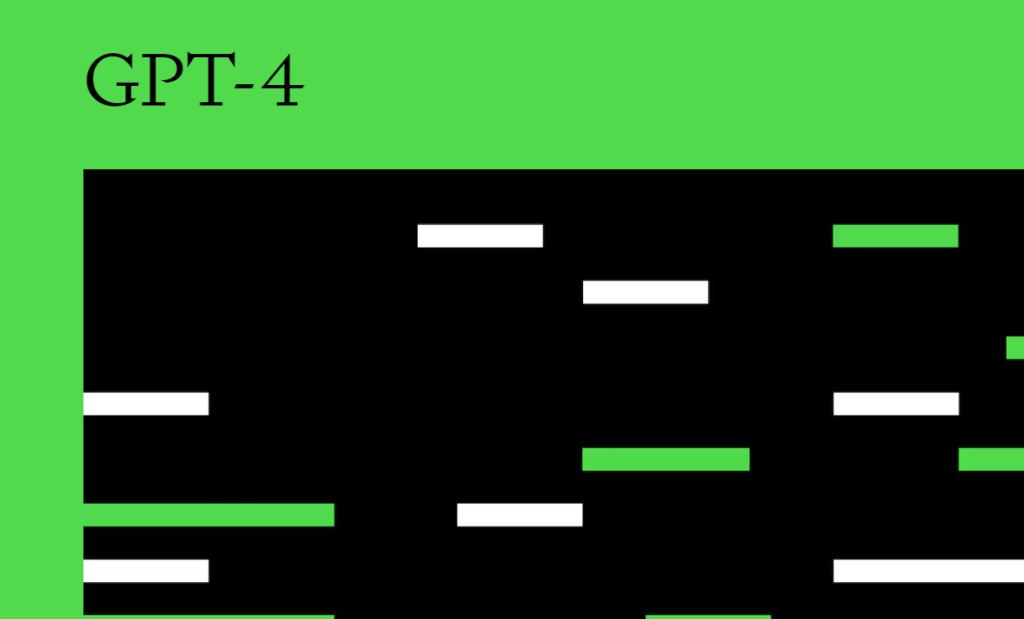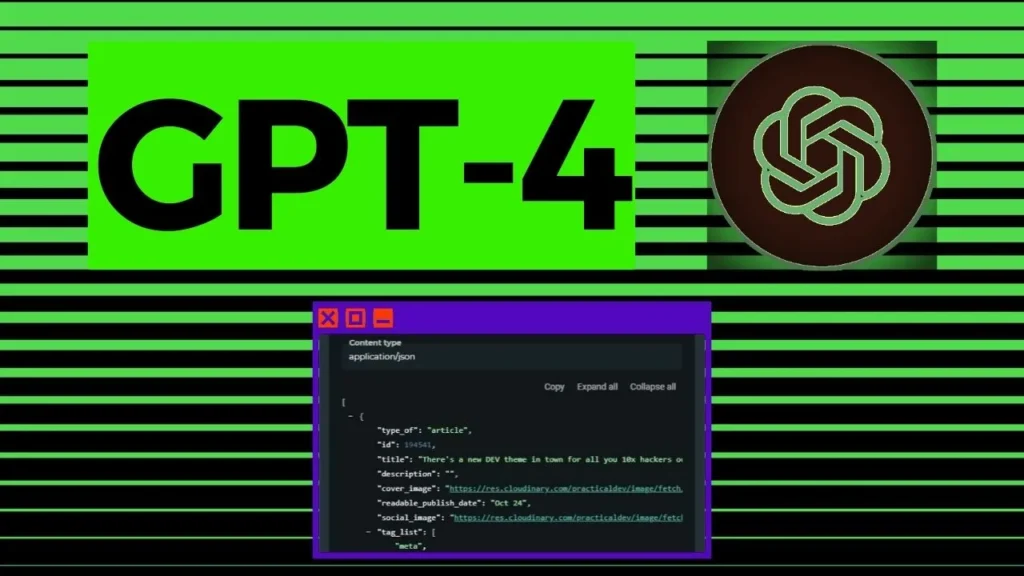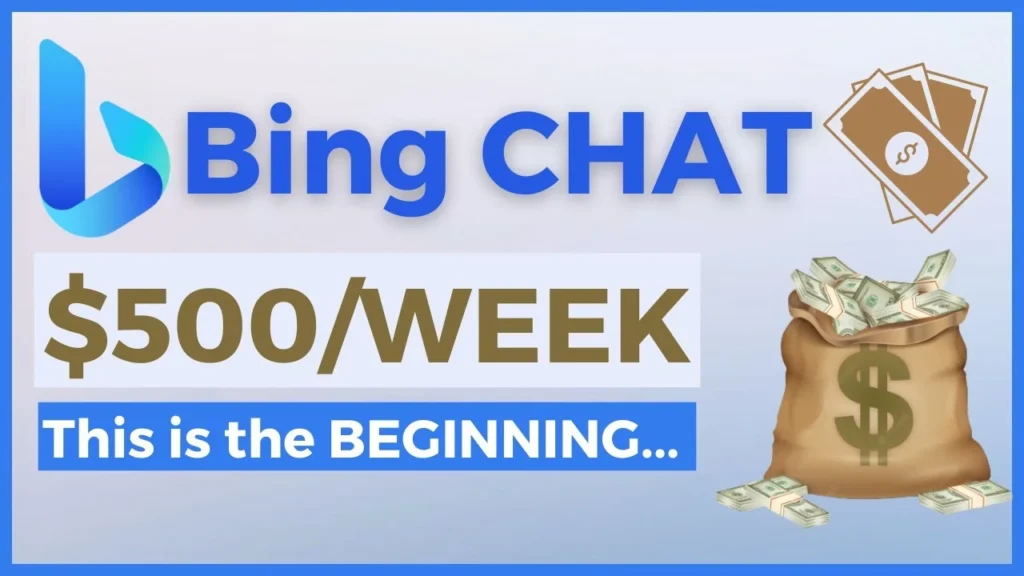Introduction
OpenAI has announced the arrival of its latest AI model, GPT-4, which has taken the world by storm. Unlike its predecessors, GPT-4 is a multimodal AI that can process and accept images as well as text. In a recent developer live stream, OpenAI introduced GPT-4 and showcased some of its capabilities, which included converting a drawing on a napkin into a functional website and explaining a joke from a series of images.
GPT-4 vs. Previous Models
Compared to its predecessors, GPT-4 is a significant step forward. It is a multimodal AI, which means it can accept and process both images and text. Previous versions of GPT were text-based only, so this is a major improvement. While it’s possible that GPT-4 may have an audio component as well, OpenAI has not yet demonstrated this feature. However, the demos that OpenAI did provide were impressive, showing GPT-4’s ability to identify elements in photos accurately and explain the context of jokes.
Use Cases
One of the most impressive use cases demonstrated by OpenAI is GPT-4’s ability to convert a drawing on a napkin into a functional website. According to OpenAI, you can draw a picture of a website on a napkin or piece of paper, take a photo of it, and send it to GPT-4. Within 10 to 20 seconds, GPT-4 can produce all the HTML, CSS, and JavaScript code needed to reproduce the website. This is a game-changer for web developers, as it saves them time and effort by automating the tedious process of coding.
Another interesting use case demonstrated by OpenAI is GPT-4’s ability to explain a joke from a series of images. In one example, OpenAI showed an image of an iPhone charging with a VGA cable, which is obviously not the correct cable to use. GPT-4 accurately identified all the elements in the photo and was able to explain the context of the joke. This is a significant improvement over previous versions of AI, which were not able to identify and explain jokes from images.
Companies Using GPT-4
OpenAI has already partnered with several companies that are using GPT-4 in their products. One such company is Khan Academy, which has integrated GPT-4 to work as a personal tutor for students learning educational content. In the future, it’s possible that AI could replace human teachers altogether, but for now, GPT-4 is an excellent assistant for students who need extra help.
Performance
According to OpenAI, GPT-4 performs better than any other model available today. It can handle over 25,000 words of text, which is much larger than previous models, and it can process visual inputs, which is a significant improvement. In addition, GPT-4 has been tested and shown to perform better than previous models, with a higher score on the LSTAT and the BAR. Previous versions of GPT were in the lower quarter percentile, while GPT-4 is in the top quarter percentile.
Conclusion
GPT-4 is an impressive AI model that has significant implications for developers, students, and anyone who uses AI technology. Its ability to process visual inputs and convert drawings on napkins into functional websites is a game-changer for web developers. Its ability to explain jokes from images is a significant improvement over previous models. And its partnerships with companies like Khan Academy show that GPT-4 (GPT-4 Napkin) has the potential to revolution
Click here to learn how to get access to GPT-4 for free.



